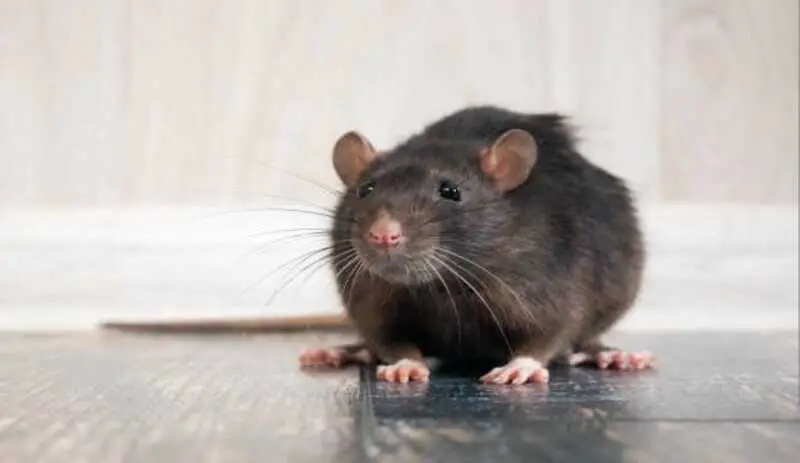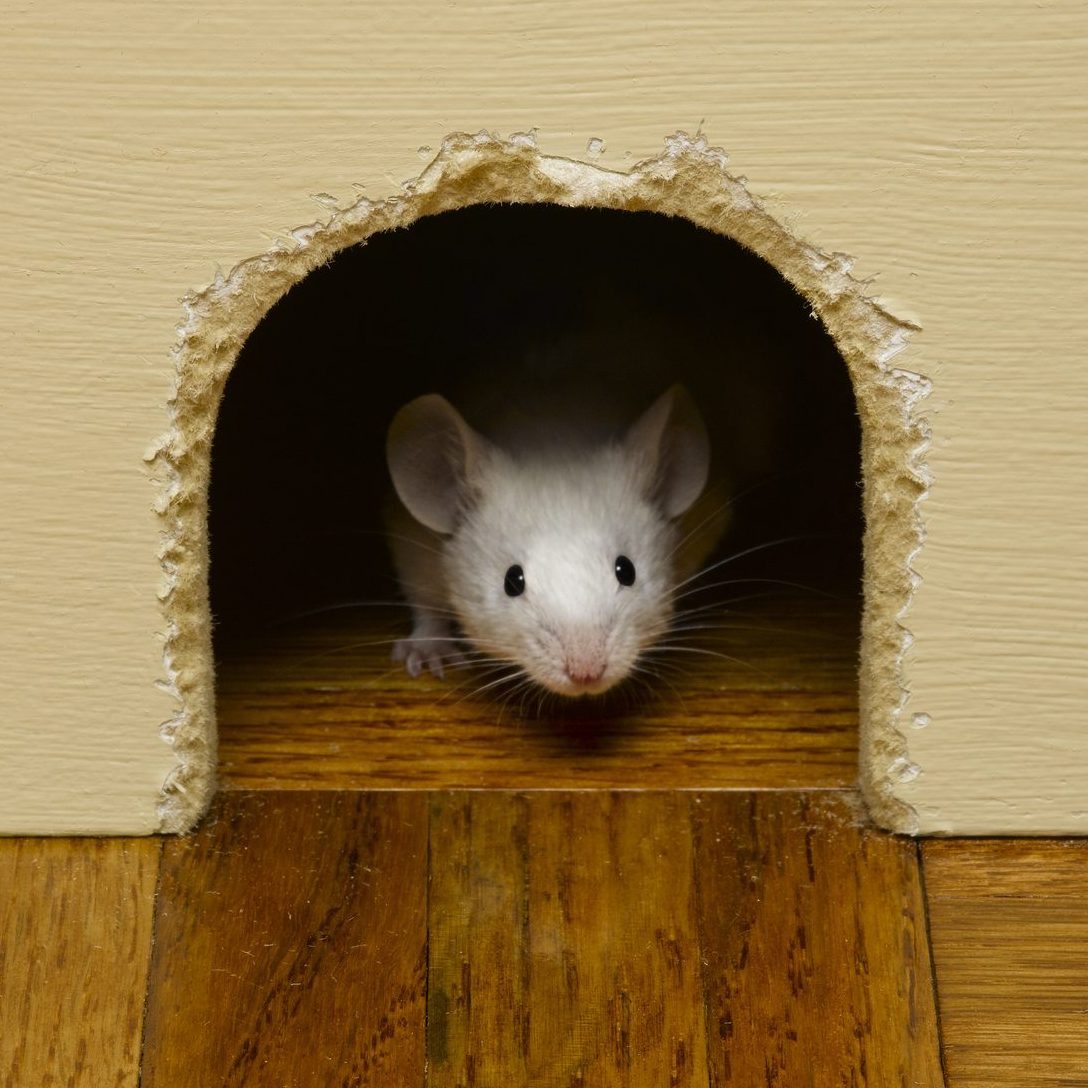Mouse Abilities and Anatomy: Can Mice Open Cabinet Doors

The seemingly insignificant mouse, often relegated to the shadows, possesses remarkable physical capabilities that enable it to navigate its environment with ease and even overcome seemingly insurmountable obstacles. Their small size and agility allow them to access tight spaces, while their strength and dexterity enable them to manipulate objects far exceeding their own weight.
Mouse Paw Anatomy
The anatomy of a mouse’s paws plays a crucial role in their remarkable abilities. Their paws are equipped with five tiny toes, each bearing a sharp, curved claw. These claws, combined with the rough texture of their foot pads, provide exceptional gripping power. This gripping power is further enhanced by the presence of tiny, hair-like structures called “setae” on their foot pads, which act like miniature hooks, increasing friction and grip.
The unique anatomy of a mouse’s paws, with its sharp claws and rough foot pads, provides a remarkable level of gripping power, allowing them to navigate vertical surfaces and even hang upside down.
Manipulation of Objects
Mice utilize their paws for a variety of tasks, including:
* Climbing: Their sharp claws provide the necessary traction to ascend vertical surfaces, even smooth ones.
* Carrying: Mice can carry objects several times their own weight using their paws to grasp and hold them securely.
* Digging: Their claws are adept at digging, allowing them to create burrows and tunnels in the earth.
* Grooming: Their paws are used to clean and maintain their fur.
* Feeding: Mice use their paws to manipulate food, bringing it to their mouths and even using them to tear apart larger pieces.
The remarkable abilities of mice, particularly their exceptional paw anatomy, contribute to their survival and adaptability in various environments. Their strength, agility, and dexterity allow them to navigate their surroundings with ease, overcome obstacles, and thrive in diverse habitats.
Cabinet Door Mechanisms

Cabinet doors, those silent sentinels guarding culinary treasures and household essentials, rely on a variety of mechanisms to secure their position and facilitate access. These mechanisms, often taken for granted, play a crucial role in the functionality and aesthetics of cabinets, and their design can significantly influence the ease with which they can be opened, or in our case, the potential for a resourceful mouse to gain entry.
Types of Cabinet Door Mechanisms
The mechanisms used for cabinet doors can be broadly categorized into three main types: handles, knobs, and latches.
- Handles: These are typically elongated, extending from the door surface, providing a leverage point for opening. Handles come in various shapes, sizes, and materials, offering both functionality and aesthetic appeal.
- Knobs: Knobs are round or spherical projections that are grasped and turned to open the door. They are often smaller than handles, providing a more compact and minimalist design.
- Latches: Latches are locking mechanisms that secure the door in a closed position. They typically consist of a latch bolt that extends into a strike plate mounted on the cabinet frame. Latches can be operated by a variety of methods, including handles, knobs, or push-button releases.
Force Required to Open Cabinet Doors
The force required to open a cabinet door depends on a number of factors, including the type of mechanism, the weight of the door, and the friction between the door and its hinges.
- Handles: Handles provide leverage, making it easier to open doors, particularly heavy ones. The design of the handle, its size, and the distance from the hinge can influence the force required.
- Knobs: Knobs, due to their smaller size, generally require more force to turn, especially on heavier doors.
- Latches: Latches, depending on their design, can require varying degrees of force to release. Some latches may have spring-loaded mechanisms that require minimal force, while others may require a more forceful push or pull.
Common Weaknesses in Cabinet Door Designs
While cabinet doors are generally designed to be secure and functional, certain design flaws can create vulnerabilities that mice might exploit.
- Loose or Worn Hinges: Hinges that are loose or worn can allow the door to sag, creating gaps between the door and the frame. This gap can provide a potential entry point for mice.
- Inadequate Latching Mechanisms: Latches that are not properly engaged or are weak can easily be disengaged by a determined mouse. This is particularly true for latches that rely on simple spring-loaded mechanisms.
- Gaps Around the Door Frame: Gaps around the door frame, often created by worn or poorly fitted seals, can provide mice with access to the cabinet interior.
- Easily Accessible Handles or Knobs: Handles or knobs that are easily accessible from the outside of the cabinet can be manipulated by mice, potentially allowing them to open the door.
Evidence and Observations

The question of whether mice can open cabinet doors has sparked curiosity and debate. While there is no definitive scientific consensus, anecdotal evidence and observations provide insights into the capabilities of these small creatures.
Anecdotal Accounts
Anecdotal accounts from homeowners and researchers offer glimpses into the world of mice and their interactions with cabinet doors. Many stories recount instances where mice have seemingly opened cabinet doors, often leaving behind evidence of their mischief, such as spilled food or gnawed packaging. These accounts, while not scientifically rigorous, contribute to the growing body of evidence suggesting that mice may possess the ability to manipulate cabinet doors.
“I woke up to the sound of rustling in the kitchen and found my pantry door open. There were crumbs everywhere, and I could tell a mouse had been in there.” – A homeowner in New York City.
Analysis of Videos and Images
Videos and images captured by home security cameras and wildlife enthusiasts provide valuable insights into mouse behavior. In some instances, videos show mice interacting with cabinet doors, pushing, pulling, or even jumping on them. While these interactions may not always result in the door opening, they demonstrate a degree of curiosity and dexterity in mice.
A video captured by a homeowner in California shows a mouse attempting to open a cabinet door by pushing on the handle with its nose. While the mouse was unable to open the door, the video showcases its persistence and ability to interact with the door mechanism.
Methods for Observing and Documenting Mouse Behavior, Can mice open cabinet doors
Observing and documenting mouse behavior related to cabinet doors can be achieved through various methods. Setting up motion-activated cameras in kitchens and pantries can capture real-time footage of mice interacting with cabinets. Additionally, using bait traps with cameras attached can provide close-up views of mice attempting to access food sources.
Researchers at the University of California, Berkeley, are conducting a study using infrared cameras to monitor mouse behavior in controlled environments. This research aims to provide further insights into the cognitive abilities and physical limitations of mice in relation to opening cabinet doors.
Can mice open cabinet doors – While mice are known for their dexterity, their ability to open cabinet doors depends on the design. Some cabinets have simple latches that a determined mouse could potentially manipulate. However, if you’re concerned about mice accessing your belongings, consider investing in a sturdy shoe rack cabinet wood that is well-constructed and secured.
This will not only provide a stylish storage solution but also deter those pesky rodents from getting into your shoes.
While mice might be small, they are surprisingly resourceful, and opening cabinet doors is a skill they can develop. But if you’re looking for a secure and organized way to store your network equipment, consider a siemon wall mount cabinet.
These cabinets provide a secure and organized solution for your network equipment, keeping it safe from curious mice and ensuring optimal performance.
